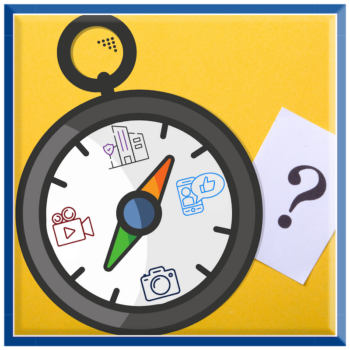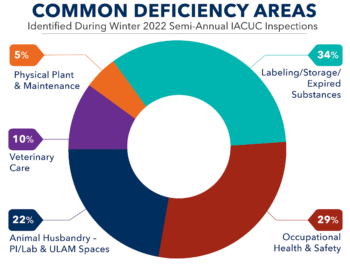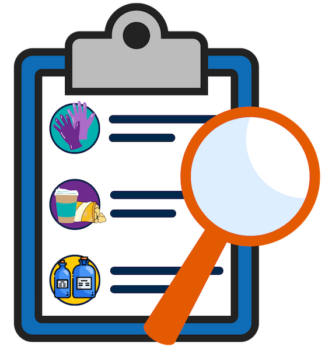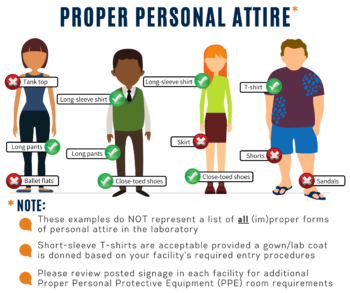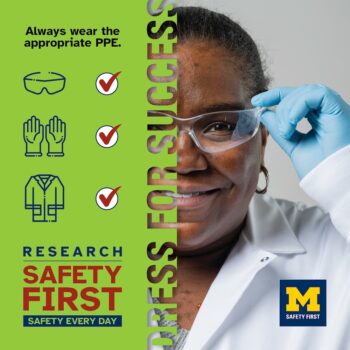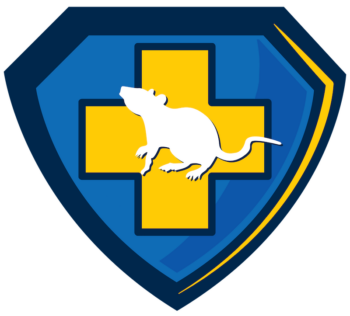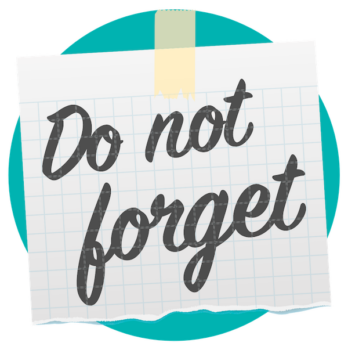Facilities Husbandry Safety SOP
Hazardous Substance Administration SOP Recently Updated
To ensure that all members of the U-M animal care and use community have the tools and resources necessary to comply with best practice standards in animal care and laboratory safety, the Animals Administered a Hazardous Substance Requiring Containment Standard Operating Procedure (SOP) has been updated. Key SOP changes are summarized below and will be highlighted on posters ...

